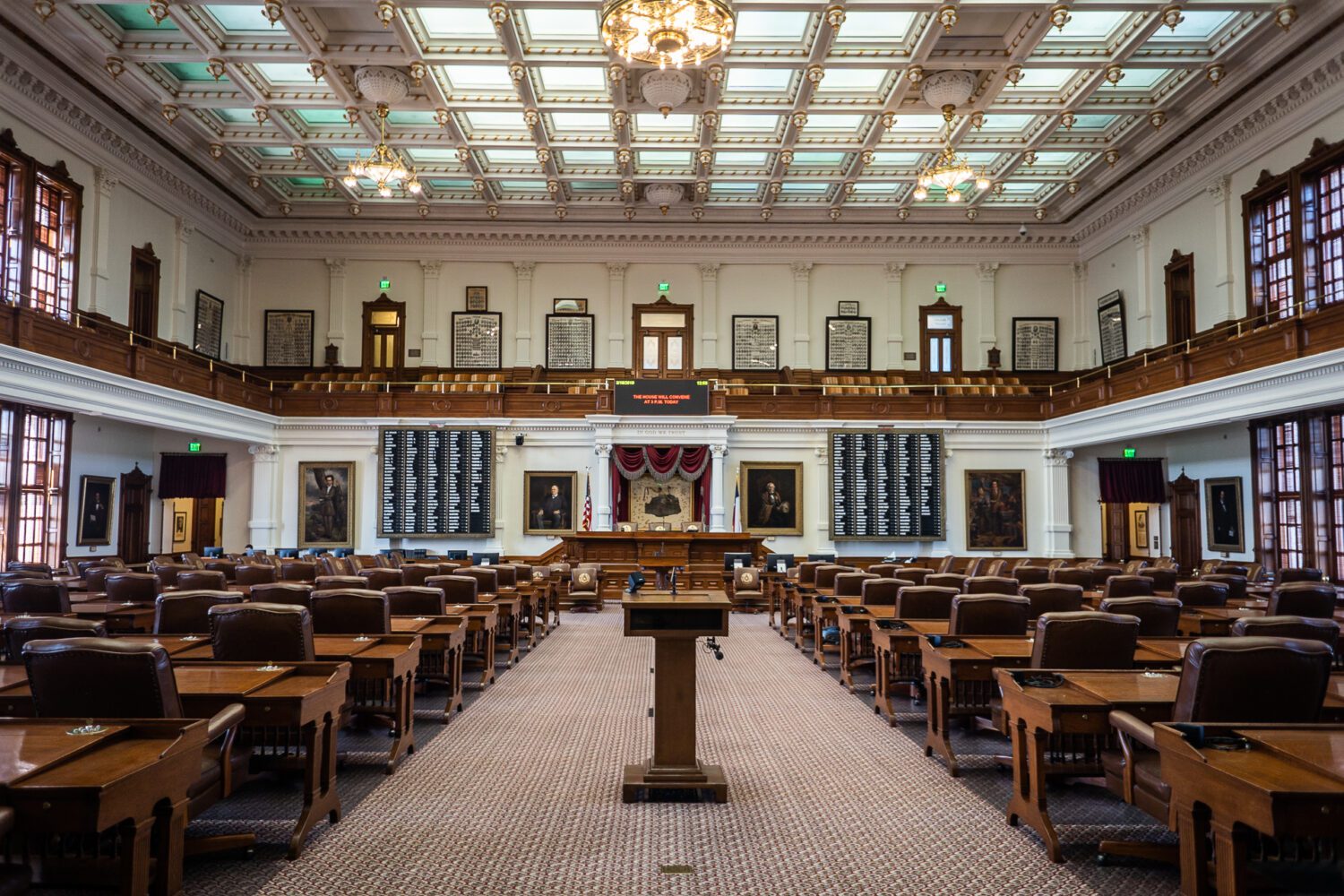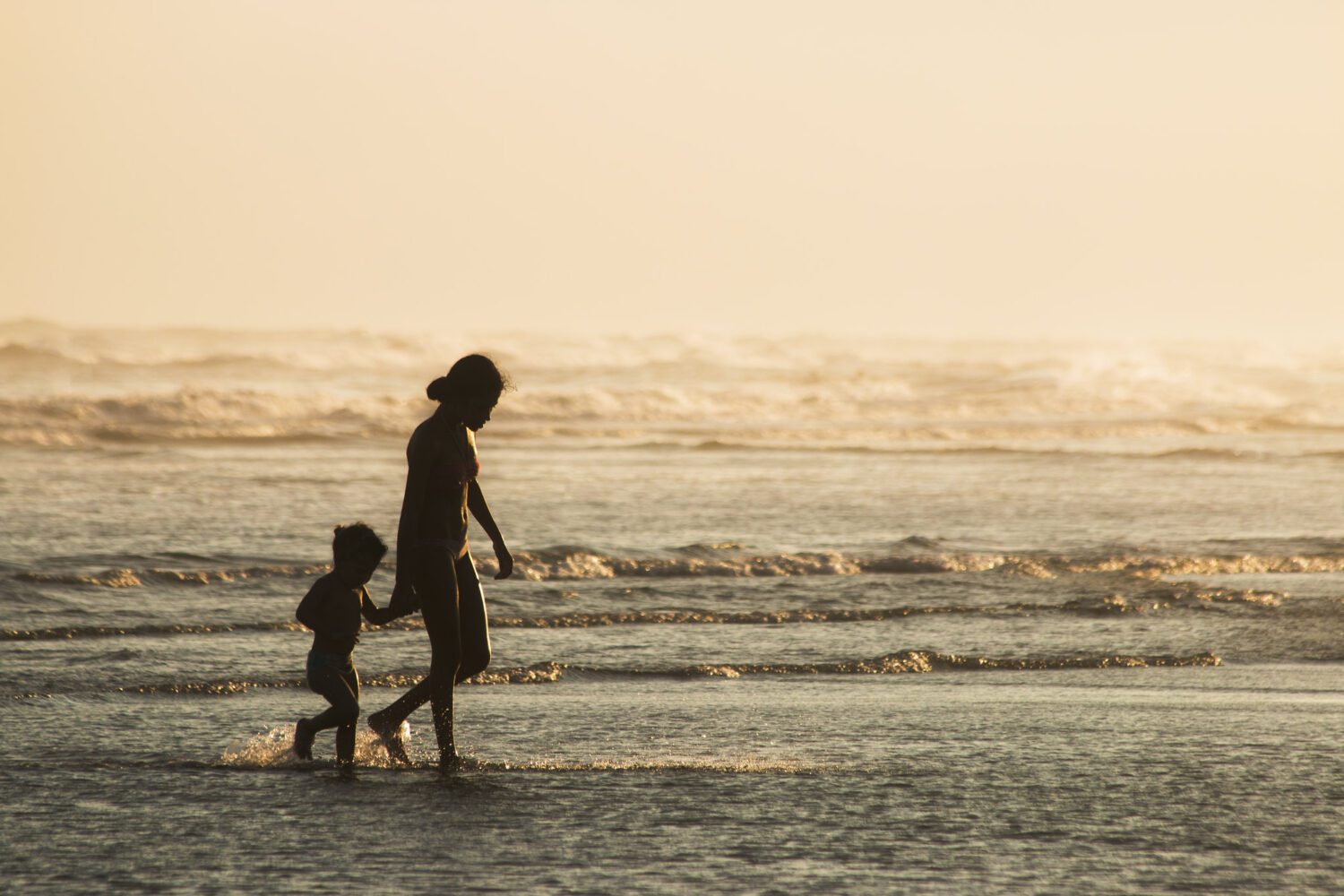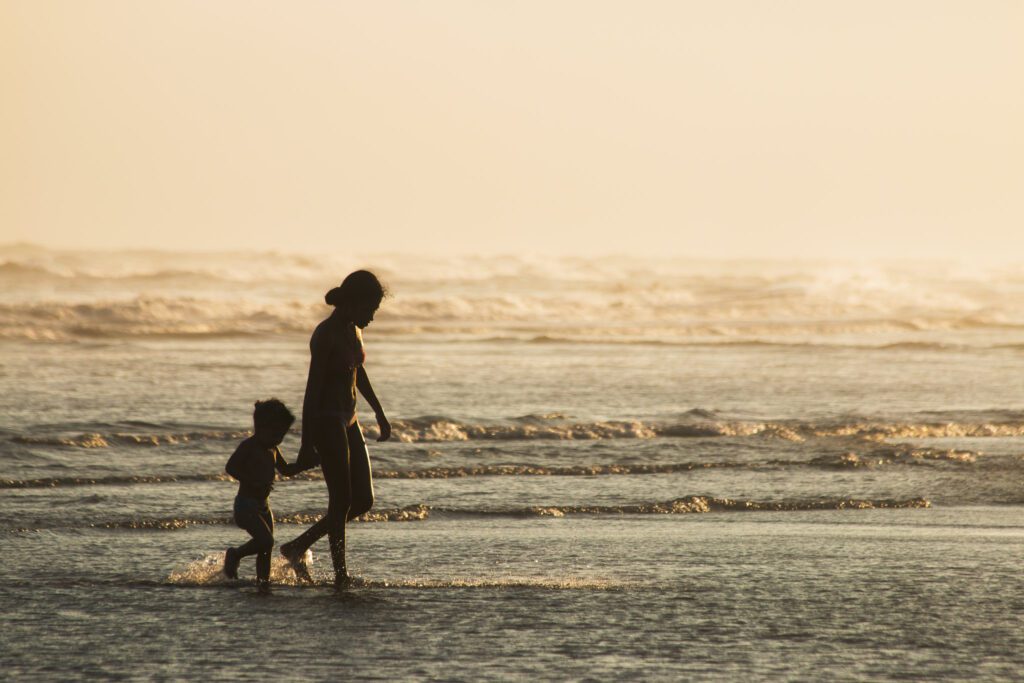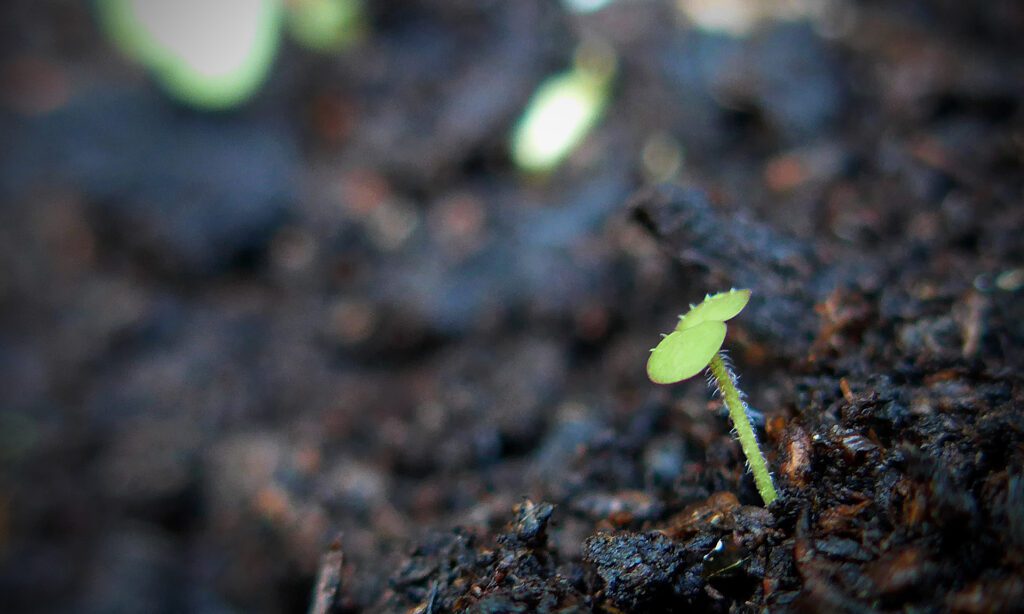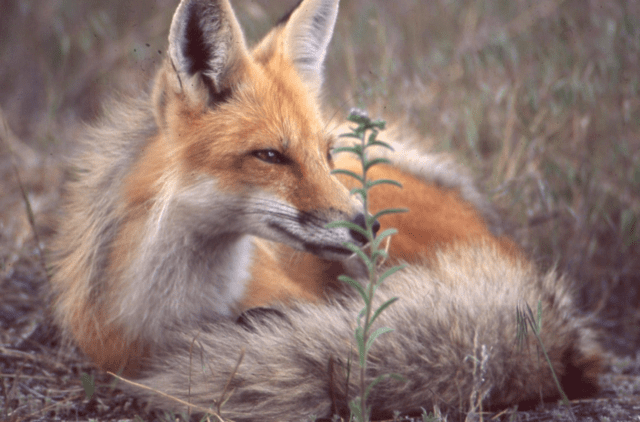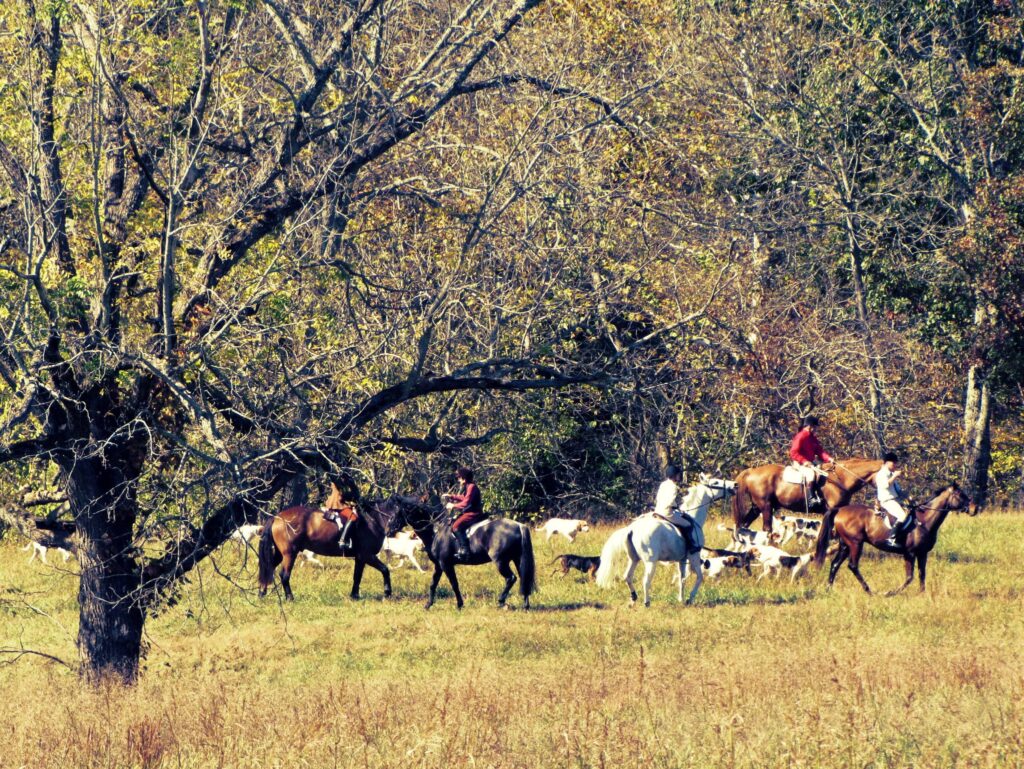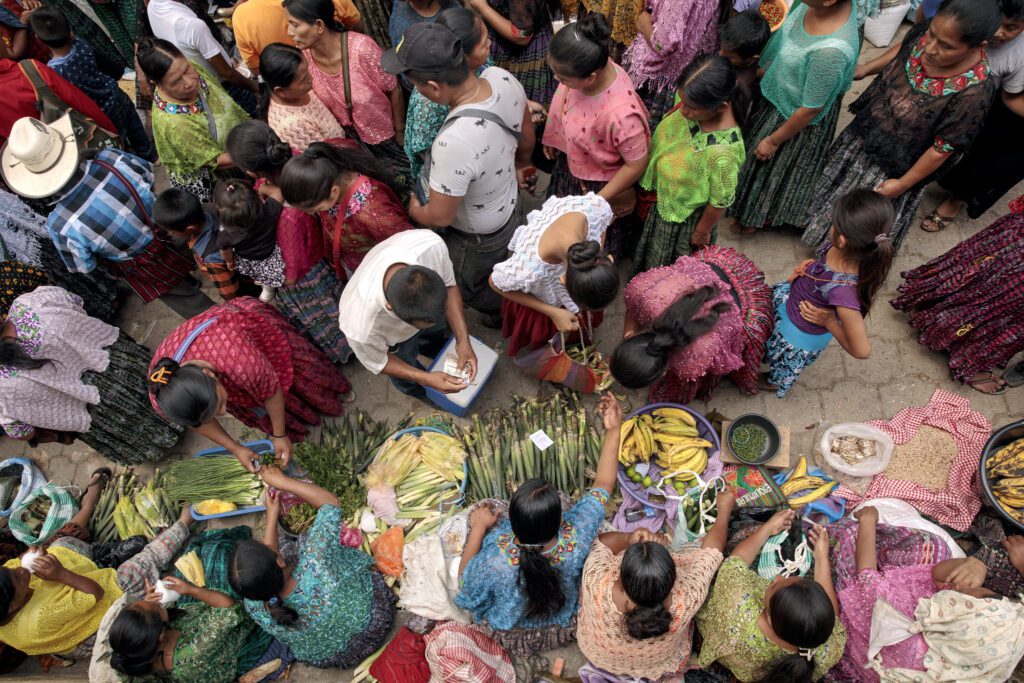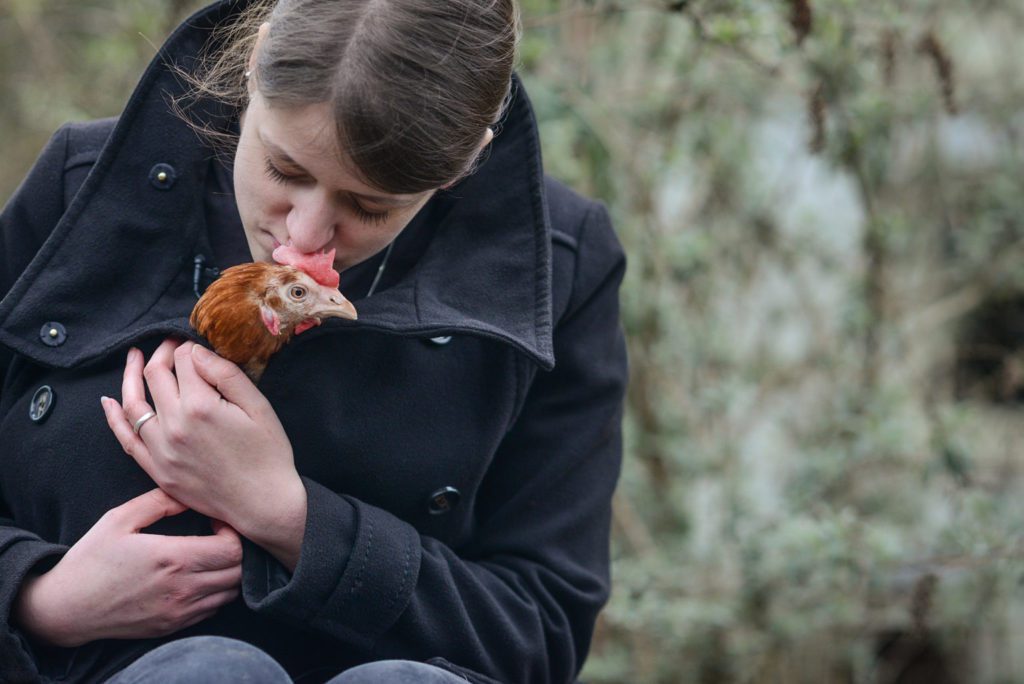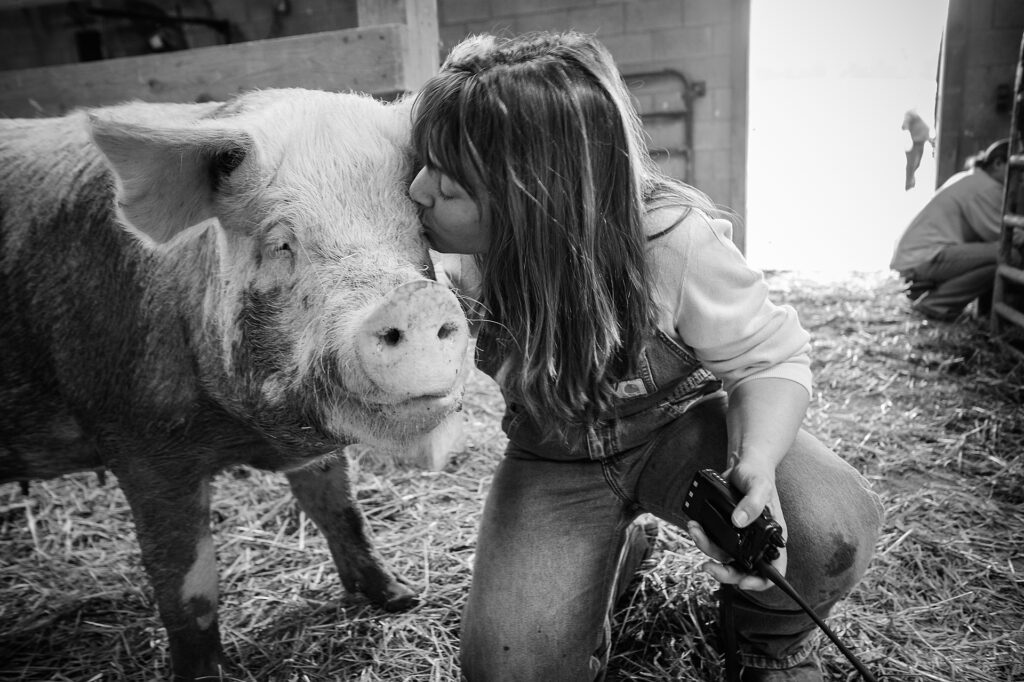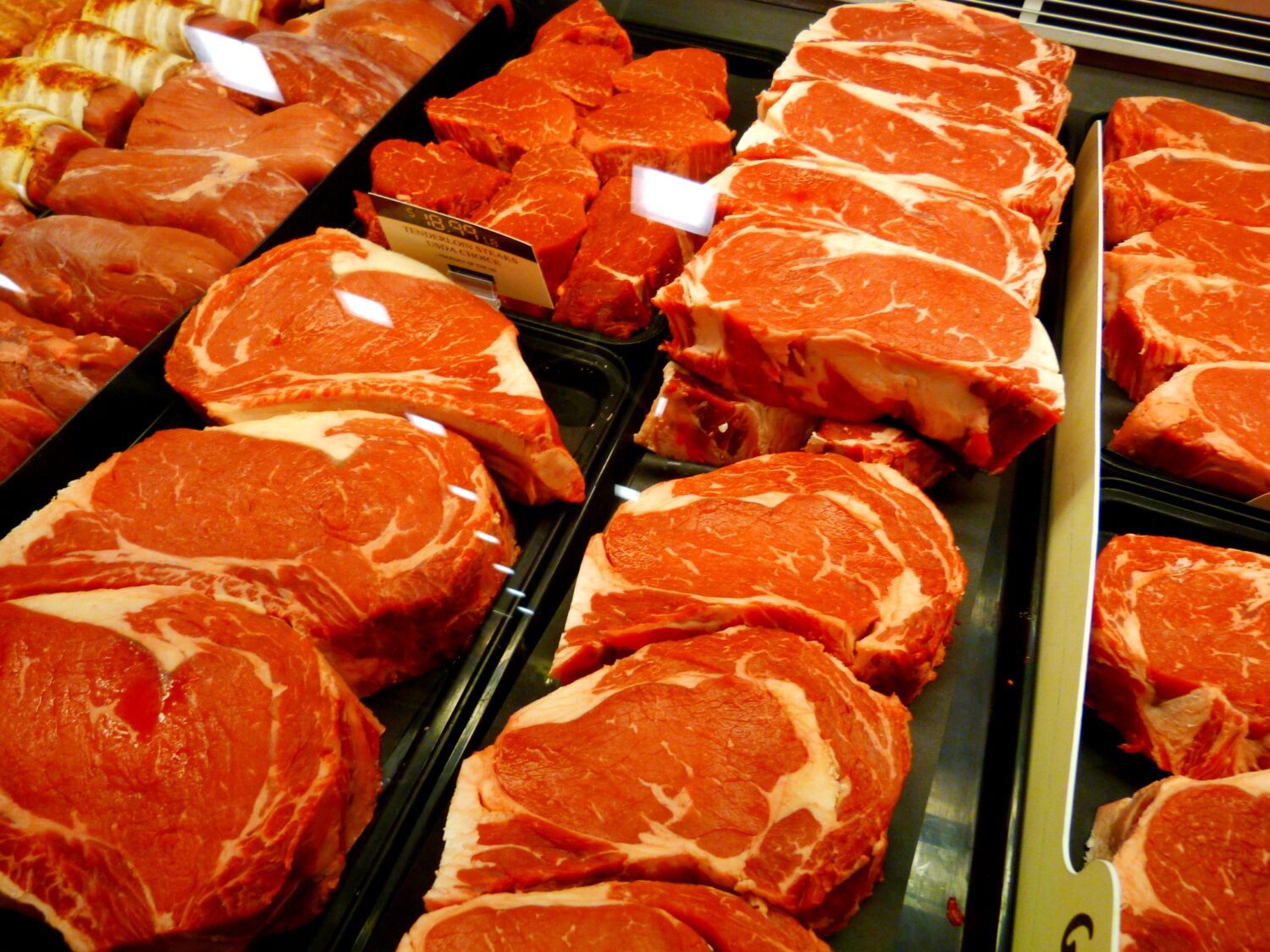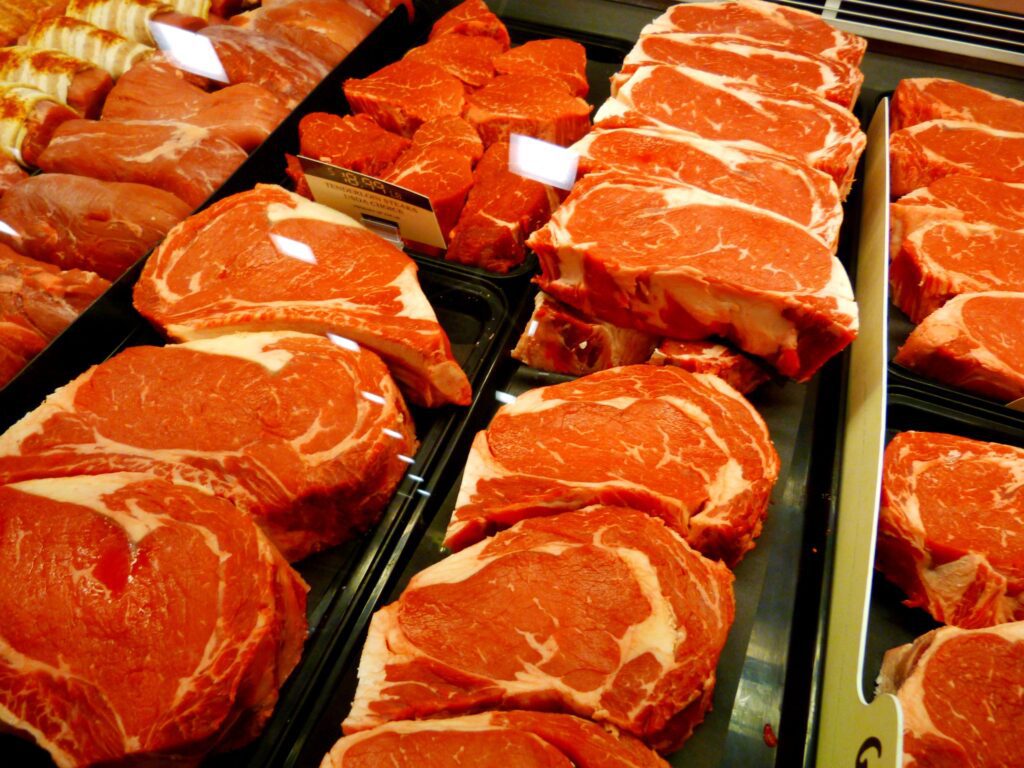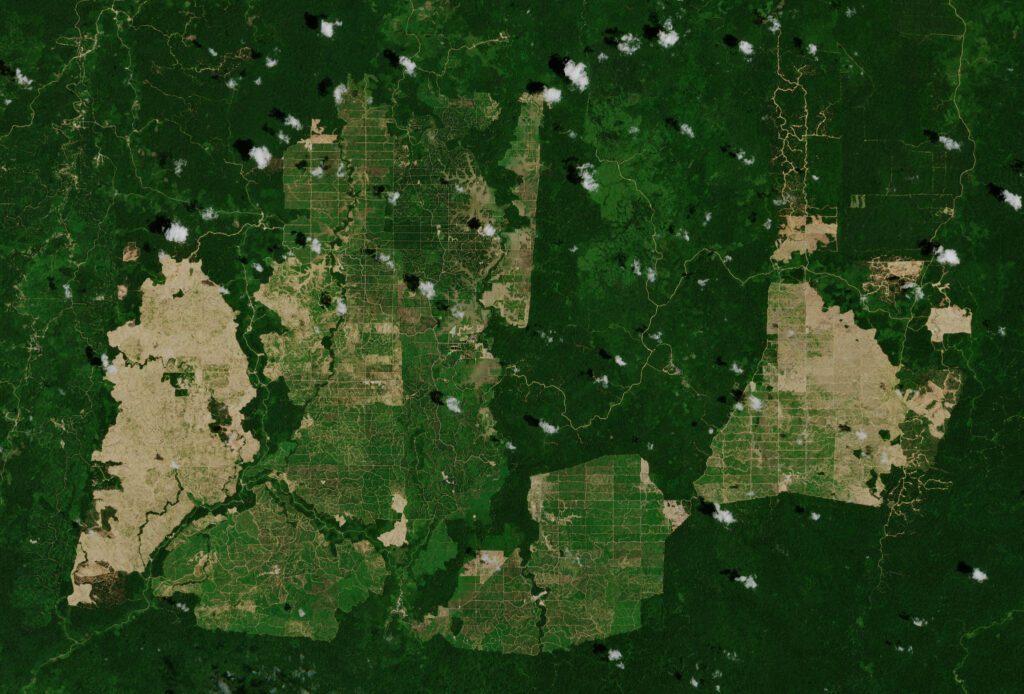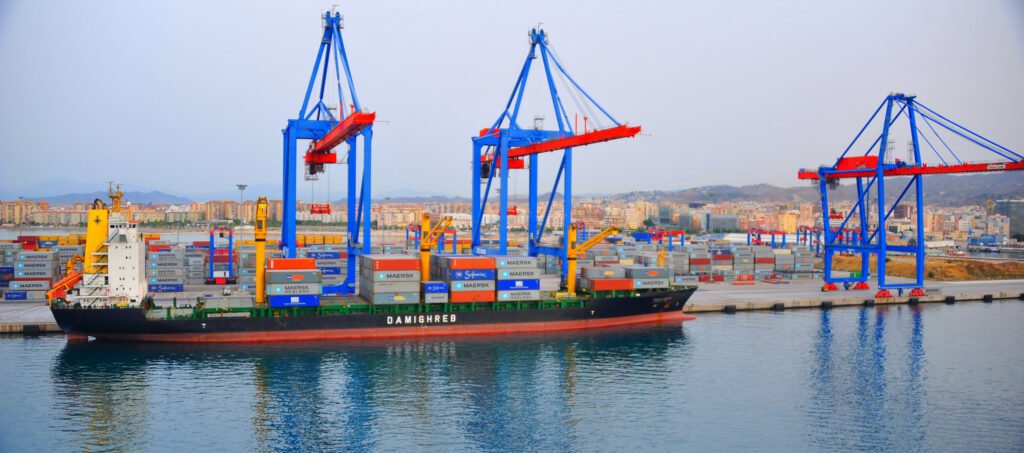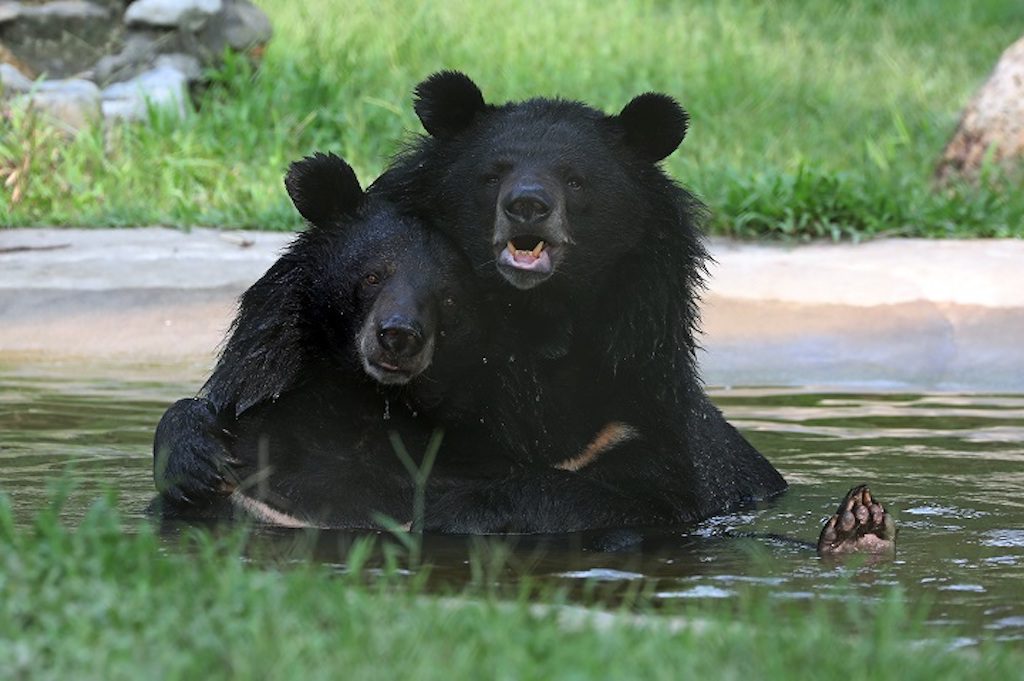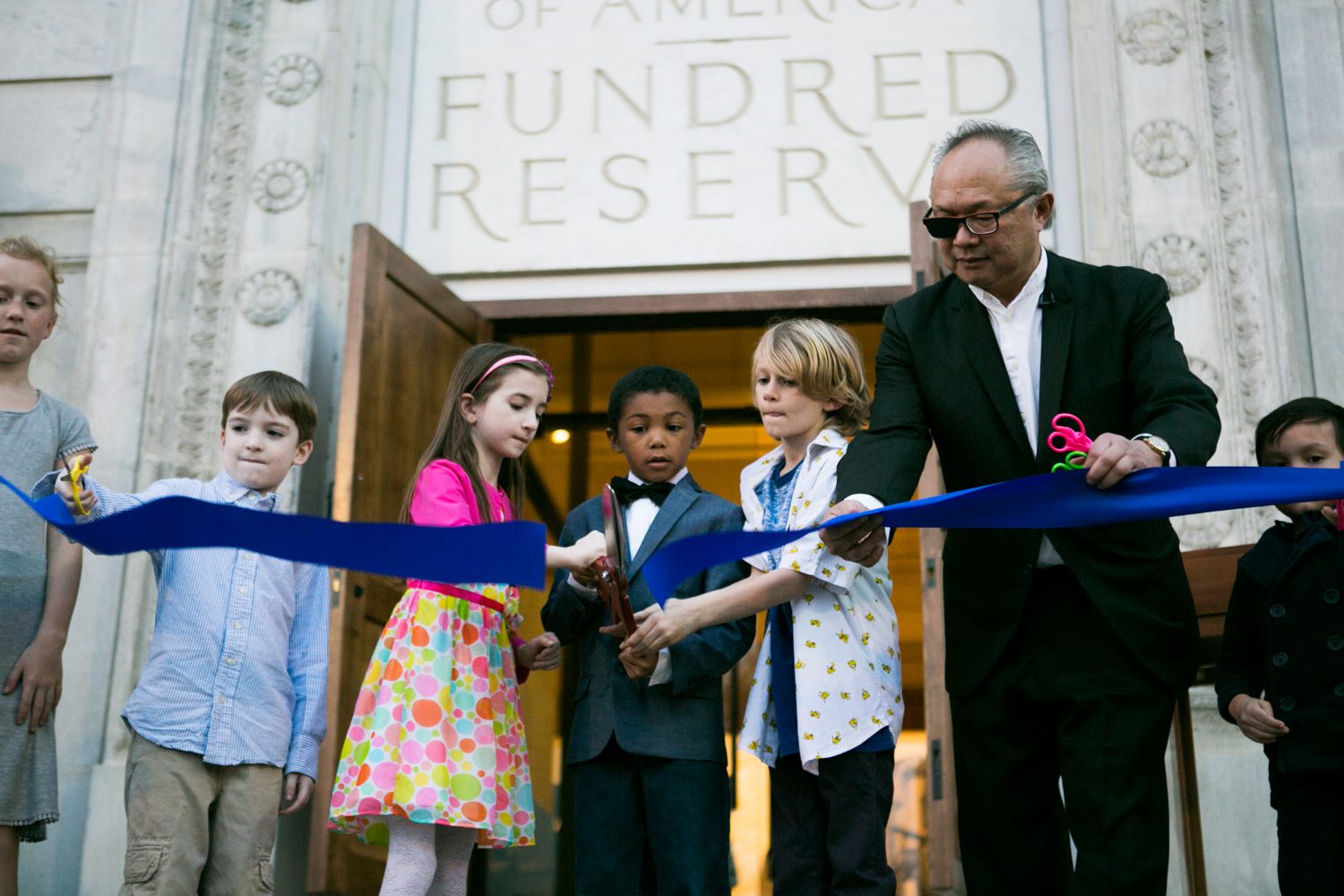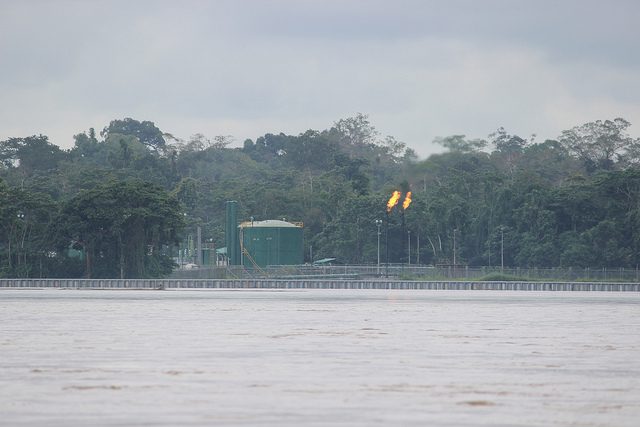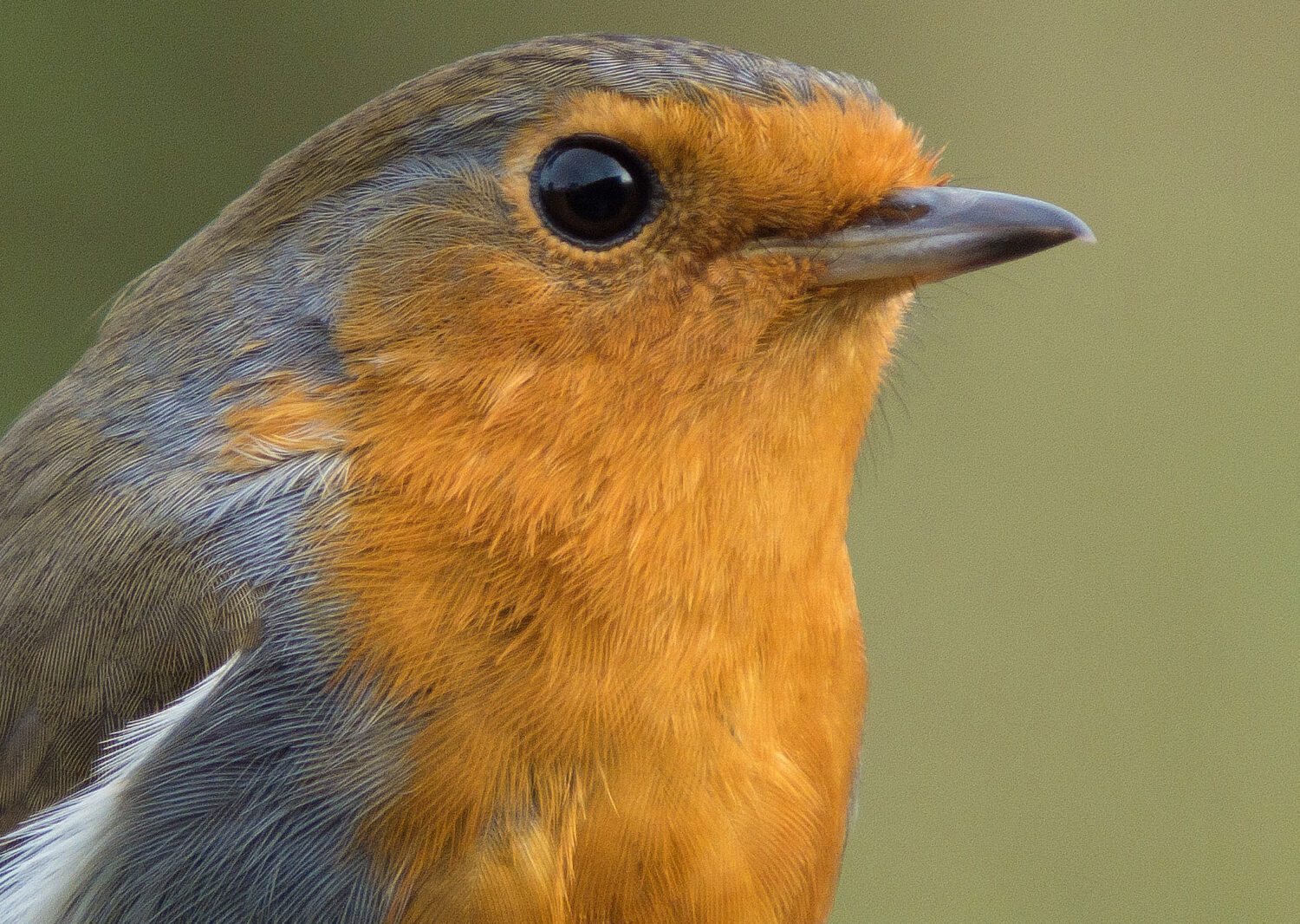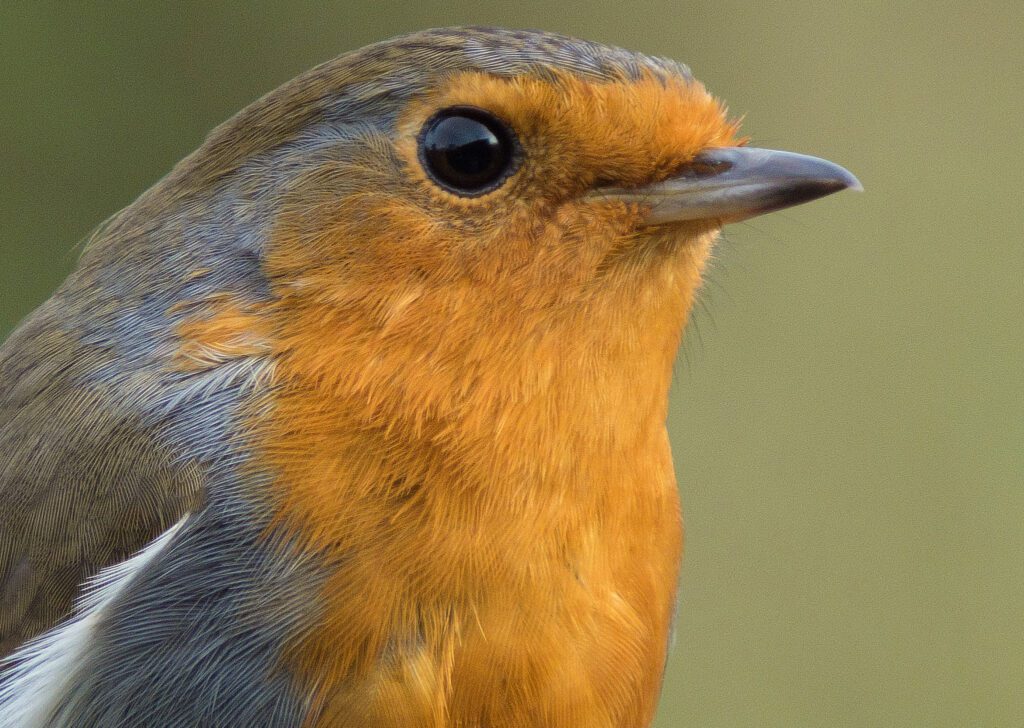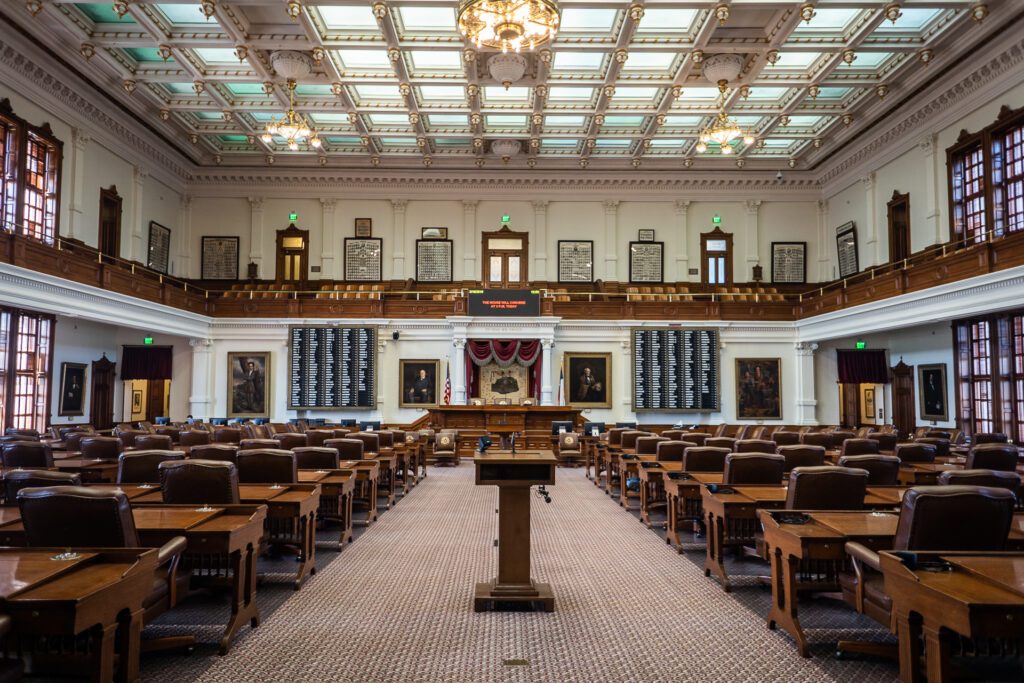


State lawmakers introduced nearly 2,900 bills based on ALEC templates from 2010 through 2018. More than 600 of them became law.
By Elliott Negin, Independent Media Institute
17 min read
In June 2021, Texas Governor Greg Abbott signed into law a bill banning the state from contracting with or investing in businesses that divest from coal, oil or natural gas companies. For Texas Railroad Commissioner Wayne Christian—one of the state’s top energy regulators—the message was clear: “Boycott Texas, and we’ll boycott you.”
Since the beginning of this year, lawmakers in Indiana, Oklahoma and West Virginia have introduced bills that read a lot like the Texas anti-divestment law, and legislators in a dozen other states have also expressed support for the legislation’s objective.
Mere coincidence? Not at all. The template for the bill, titled the Energy Discrimination Elimination Act, was supplied by the American Legislative Exchange Council (ALEC), a lobby group backed by corporations and right-wing foundations that provides state lawmakers with ready-made, fill-in-the-blank sample legislation drafted by, or on behalf of, ALEC’s private sector members, including tobacco, fossil fuel and electric utility companies.
The bills in Indiana, Texas and West Virginia are near-verbatim copies of ALEC’s draft legislation, while the Oklahoma bill is a boiled-down version. And in each case, besides Oklahoma, at least one of the bill sponsors is an ALEC member. In Texas, five of the six primary authors of the bill and four of the five sponsors are ALEC members. Wayne Christian, the “Don’t mess with Texas” guy, is a member, too.
The Energy Discrimination Elimination Act is just one of the thousands of pieces of legislation ALEC has disseminated nationwide since its formation in 1973. According to a two-year investigation of “copycat” bills published in 2019 by USA Today, the Arizona Republic and the Center for Public Integrity, state lawmakers introduced nearly 2,900 bills based on ALEC templates from 2010 through 2018. More than 600 of them became law.
What explains ALEC’s track record? A big piece of the answer lies in the way the group spreads disinformation and hides its activities from the general public.
Peddling Disinformation
ALEC’s disinformation starts with how the group describes itself.
Originally called the Conservative Caucus of State Legislators, ALEC falsely claims it is a “nonpartisan” organization that enables private sector members to collaborate with legislators on policies and programs promoting what it calls “Jeffersonian principles of free markets, limited government, federalism, and individual liberty”—a classic libertarian mantra.
Nonpartisan? Hardly. Virtually all of the roughly 2,000 state lawmakers, officials and staffers who pay a token fee of $200 for a two-year ALEC membership are Republicans.
Likewise, despite ALEC’s positive gloss, the principles it espouses would establish a corporatocracy. By “free markets,” ALEC means giving free rein to corporations by rolling back public health, environmental, consumer and voting protections; by “limited government,” it means radically downsizing the federal government; and by “federalism,” it means transferring authority from the federal government to governors and state legislatures, which corporations can more easily dominate.
ALEC’s definition of Jeffersonian principles also ignores the fact that Thomas Jefferson had some harsh words to say about undue corporate influence. In a letter to former U.S. Senator George Logan of Pennsylvania, he wrote that we must “crush in its birth the aristocracy of our monied corporations which dare already to challenge our government to a trial of strength, and bid defiance to the laws of their country.” That sentiment pretty much flies in the face of one of ALEC’s main reasons for being: representing the narrow interests of its corporate benefactors.
Those benefactors are the real power behind ALEC—a network of nearly 300 companies, trade groups, corporate law firms and private libertarian foundations that pay annual dues of $12,000 to $25,000, plus as much as $40,000 to sponsor an ALEC conference session. Their tax-deductible membership fees grant them direct access to ALEC lawmakers and the opportunity to draft sample bills. Many of these corporations also ply the lawmakers with generous campaign contributions to encourage them to introduce and pass ALEC legislation.
ALEC’s current corporate members include Altria Group (formerly Phillip Morris), American Electric Power, Anheuser-Busch, Chevron, Duke Energy, Eli Lilly, Farmers Insurance, FedEx, Koch Industries, Marathon Oil, Pfizer and UPS. Among its biggest foundation donors are the Lynde and Harry Bradley Foundation, the Adolph Coors Foundation, the Koch family foundations, the Searle Freedom Trust and the Thomas W. Smith Foundation, which together donated $9.25 million to ALEC between 2014 and 2019, according to the Center for Media and Democracy, a watchdog group that hosts the ALEC Exposed website. That $9.25 million, the center found, amounted to 60 percent of the known donations to ALEC over that time period.
Step One of ALEC’s Tactics: Orwellian Framing
When ALEC promotes new legislation, it regularly employs the kind of “up is down” framing immortalized by George Orwell in his dystopian classic “1984.”As detailed in the investigation by the three news organizations, ALEC routinely gives its bills deceptive titles and descriptions that hide their true objective, exploiting the fact that lawmakers—and even bill sponsors—often do not bother to read the text of the legislation itself.
A good example is the Asbestos Claims Transparency Act, which lawmakers introduced in at least 17 states between 2012 and 2018 and was passed into law by at least 11 states. Despite its title, the bill does not require companies to disclose information about products containing asbestos or inform those who had been exposed to the cancer-causing mineral about how to get help and seek compensation.
Even when lawmakers do take the time to read bills based on ALEC templates, ALEC uses draft language that is often purposely “unremarkable or technical” to obscure their real-world impact, the investigation by USA Today, the Arizona Republic and the Center for Public Integrity found. For example, “[b]ans on raising the local minimum wage were dubbed ‘uniform minimum wage’ laws. Changes to civil court rules to shield companies from lawsuits were described as ‘congruity’ or reforms to make laws consistent. [And] [r]epealing business regulations was disguised under the term ‘rescission.’”
Step Two: Send in the Corporate Deceivers
Next, to indoctrinate—or just mislead—state lawmakers, ALEC provides them access to a multitude of purportedly independent, “neutral” experts who are, in fact, shilling for special interests.
For example, according to the three news organizations’ investigation, Colorado state Senator Jerry Sonnenberg, who introduced the aforementioned Asbestos Claims Transparency Act in 2017, relied on outside experts to explain the bill to his statehouse colleagues. One of the alleged experts, an attorney at a corporate law firm was—unbeknownst to Sonnenberg—the co-chair of ALEC’s Civil Justice Task Force. He also was a paid consultant for the U.S. Chamber of Commerce Institute for Legal Reform, which lobbies for so-called “tort reform” to shield corporations that harm people and the environment from lawsuits. Colorado legislators ultimately rejected the bill, but according to the three news organizations, it was just one of more than 80 bills introduced from 2010 through 2018 specifically designed to “limit the public’s ability to sue corporations, including limiting class-action lawsuits, a plaintiff’s ability to offer expert testimony, and cap punitive damages for corporate wrongdoing.”
The ALEC-drafted Energy Discrimination Elimination Act Texas passed last year is yet another example of the council deceiving state lawmakers. The bill targets the environmental, social and governance (ESG) standards that banks, investment firms and pension funds are increasingly applying to make it harder for fossil fuel companies to obtain insurance, financing and other support if they don’t meet ESG criteria.
It is no surprise that such a law would appeal to legislators in Oklahoma, Texas and other states where the fossil fuel industry holds sway, but why would ALEC lawmakers in other states support it? Perhaps because ALEC has been supplying them with a steady stream of climate disinformation.
There has been a scientific consensus for years that human activity—mainly burning fossil fuels—is the primary cause of climate change. There is no debate. Yet, over the last two decades, ALEC conferences have featured fossil fuel industry-funded “experts” who have falsely claimed that the benefits of carbon emissions far outweigh the costs, insisted that carbon dioxide is not the primary cause of global warming, and likened climate science advocates to Nazis. ALEC doesn’t go that far in its official statements, but it continues to falsely assert that the jury is still out on the role human activity plays in global warming.
At the same time, ALEC—which relentlessly denigrates clean energy solutions—has been flooding state lawmakers with sample legislation designed to weaken or repeal state renewable energy and efficiency standards, slash incentives for installing rooftop solar panels, eliminate tax breaks for purchasing electric vehicles, oppose federal efforts to limit power plant carbon pollution, and criminalize protests against pipeline projects.
Equally troubling, ALEC’s climate science disinformation efforts have had a discernible “trickle up” impact on federal policy. More than 60 percent of the 77 “alumni” ALEC lists on its website who are in the U.S. Congress are climate science deniers: nine of the 13 senators, including James Inhofe (R-OK), Marco Rubio (R-FL) and Thom Tillis (R-NC), and 39 of the 64 House members, including Andy Biggs (R-AZ), James Comer (R-KY) and Steve Scalise (R-LA).
Step Three: Exploit Understaffed Legislators
Disinformation thrives when legislators are distracted or not paying close attention, and ALEC takes advantage of the fact that state lawmakers have limited time, salaries and resources.
“States are prime targets for corporations because it’s easier to get things out of state legislatures than Congress,” explained political scientist Darrell West, the Brookings Institution’s director of governance studies, during a conversation I had with him a few years ago. “The biggest problem is state legislators are understaffed.”
Stella Rouse, director of the Center for Democracy and Civic Engagement at the University of Maryland, seconded that assessment, noting that the job of researching and drafting bills can be challenging and time-consuming. “The legislative staff issue is huge,” she told me. “They are vital. Legislators want to introduce bills, but when they don’t have a staff—or it is very limited—ALEC provides them with a shortcut by providing a ready-made bill. ALEC provides the expertise that legislatures lack.”
The fact that most state legislatures are part-time and consequently don’t pay lawmakers full-time salaries also strengthens the hand of groups such as ALEC, added West. “Many legislators have to have jobs on the side, so they don’t have a lot of time to put into legislating. That makes them dependent on outside sources.”
Alex Hertel-Fernandez, an assistant professor at Columbia University’s School of International and Public Affairs, explains that ALEC’s success hinges on more than supplying sample legislation. The author of “State Capture: How Conservative Activists, Big Businesses, and Wealthy Donors Reshaped the American States—and the Nation,” Hertel-Fernandez told the Washington Post in a 2019 interview that “ALEC also provides research help for bill development, political strategy and talking points, and even the witnesses the legislators can call to testify on behalf of a bill. Beyond these immediate services, ALEC fosters a network through its regular convenings that establishes social bonds between its legislative and its staff and other corporate and advocacy members.” (ALEC’s 49th annual meeting will take place in Atlanta at the end of July.)
According to the National Conference of State Legislatures (NCSL), a nonpartisan, professional development organization, only four states—California, Michigan, New York and Pennsylvania—have what could be considered a full-time legislature. Another six—Alaska, Hawaii, Illinois, Massachusetts, Ohio and Wisconsin—have nearly full-time legislatures. Lawmakers in another 26 states devote about three-quarters of a full-time job to legislative duties, NCSL found, while lawmakers in the remaining 14 states work only about half-time and are lucky if they have even one staff member.
Step Four: Undermine Democracy
Besides plugging bills to limit consumer rights and thwart efforts to address the climate crisis, ALEC also has been playing a behind-the-scenes role in the voter suppression movement, another front that serves its funders’ goal to impede voters who might support candidates and policies that challenge corporate dominance. To do that, ALEC amplifies the false narrative of widespread voter fraud and seeks to limit federal authority over election rules.
The organization’s anti-democratic efforts began at least a decade ago when it promoted a discriminatory voter ID law—as well as the infamous self-defense law used to excuse the murder of Trayvon Martin in Florida in 2012. Racial justice protests against “stand your ground” self-defense laws, which came under scrutiny after Martin’s death, prompted at least eight of ALEC’s corporate members, including Coca-Cola, Kraft Foods, McDonald’s, PepsiCo and Walmart, to quit. In response to the backlash, ALEC disbanded its public safety and elections committee.
The organization, however, never completely abandoned its voter suppression agenda. In 2017, it disseminated a sample bill that called for repealing the 17th amendment, which Congress passed in 1912 to allow voters—instead of state legislatures—to elect U.S. senators.
That constitutional amendment bill didn’t go anywhere—likely because it went too far—but in 2018, ALEC drafted a sample resolution to limit judicial power over redistricting, making it easier for ALEC-dominated legislatures to gerrymander district electoral maps.
More recently, ALEC members have been quietly involved in “block the vote” efforts. More than a year before the 2020 election, ALEC set up a secret working group to address redistricting, ballot measures and election law, and by the spring of 2021, more than 100 ALEC lawmakers in the battleground states of Arizona, Florida, Georgia, Michigan, Pennsylvania and Texas were sponsoring or cosponsoring bills that would make it harder for college students, people with disabilities, and Black and Brown citizens to vote. According to internal documents obtained by the watchdog group Documented, ALEC is also working closely with Heritage Action for America, the political arm of the libertarian Heritage Foundation, on a $24-million campaign to lobby lawmakers in eight states—Arizona, Florida, Georgia, Iowa, Michigan, Nevada, Texas and Wisconsin—to pass tighter voting restrictions.
Likely fearing the possibility of alienating its corporate members again, ALEC CEO Lisa Nelson has repeatedly denied that her organization is involved in voting issues, and the group has not posted any sample voting restriction bills on its website, according to the Center for Media and Democracy. To avoid public scrutiny, ALEC has outsourced its voter suppression work to a dark money voter suppression group disingenuously called the Honest Elections Project. Last July, ALEC hosted a two-day “exclusive, invitation-only academy” in Utah for state lawmakers with the Honest Elections Project just before its annual meeting, according to the Center for Media and Democracy. The center reported that the event was at least the second time ALEC partnered with the voter suppression group to “educate” ALEC members.
ALEC veterans on Capitol Hill are also apparently committed to undermining democracy. More than half of the 77 alumni listed on ALEC’s website currently serving in Congress (40 in the House and one in the Senate) were among the 147 Republicans in Congress who voted to overturn the results of the 2020 presidential election based on lies Donald Trump and his followers spread about widespread voter fraud.
Little Public Oversight
ALEC’s success depends not only on the fact that overworked legislators can be easily manipulated, but also on the fact that the general public pays little attention to what goes on at statehouses. A 2018 survey by researchers at Johns Hopkins University found that only 19 percent of the respondents could name their state legislators and a third did not even know the name of their governor. Nearly half did not know whether their state had a one or two-house legislature.
“Most people say they like their state leaders, and a large majority even remembers learning about state government in school,” Johns Hopkins University political scientist Jennifer Bachner, one of the researchers and director of the school’s Government Analytics program, said in a press release. “Despite this, most people are not aware of who exactly represents them and the significant decisions made by their state government.”
Certainly, one major reason for pervasive public ignorance about state government is the rapid decline of local newspapers, which historically devoted substantially more resources to covering politics than broadcast media. From 2005 through 2020, roughly a quarter of all local print newspapers across the country—about 2,200—closed, the Washington Post reported last November. And “in many places where papers still exist,” the Post pointed out, “a lack of resources prevents them from reporting thoroughly on issues vital to the community—issues [such as] public safety, education and local politics.”
The Post also reported that the number of newspaper journalists dropped by more than half between 2008 and 2020, which has had a significant impact on statehouse coverage. An April Pew Research Center study quantified that loss. It found that the number of newspaper reporters covering statehouses full-time has dropped 34 percent since 2014, from 374 to just 245 this year. All told, Pew found that there are now only 850 full-time statehouse reporters from all media.
Overall, however, the number of reporters covering statehouses increased 11 percent since 2014, Pew found, due to a jump in part-time reporters and the establishment of new, nonprofit news organizations “after years of staff cutbacks in the newspaper industry.” Not all of those nonprofit news outlets, however, are necessarily trustworthy.
One such nonprofit, The Center Square, offers conservative spin masquerading as news, according to the Center for Media and Democracy. The operation, a project of the Franklin News Foundation, offers its stories gratis to newspapers that cannot afford to cover statehouses themselves. Like ALEC, it is supported by the Lynde and Harry Bradley Foundation, which donated $500,000 between 2019 and 2020, and the Charles Koch Foundation, which chipped in $212,000 between 2016 and 2018.
To make matters worse for bona fide reporters, Republican leaders in GOP-controlled statehouses in Iowa, Kansas and Utah recently passed rules limiting when journalists can report from the floors of their legislative chambers, making it even more difficult for them to ask questions and follow policy deliberations. No surprise, ALEC members are well-represented in each of these states’ senate Republican leadership: two out of eight in Iowa, four out of five in Kansas, and six out of 10 in Utah.
Attention and Activism Are Key to Fighting Back
Given ALEC’s stealthy influence on statehouses, especially the 62 state legislative chambers controlled by Republicans, it is imperative that concerned citizens engage with their legislators and closely monitor ALEC’s activities in their state. As campaigns by civil rights, labor and environmental organizations have demonstrated, it is possible to pressure ALEC’s corporate sponsors to leave the organization, making it harder for ALEC to fund its disinformation campaigns.
Protests organized by Color of Change and other racial justice groups against ALEC’s voter ID and “stand your ground” laws resulted in several high-profile corporate members leaving ALEC. Since then, a brighter spotlight on ALEC’s controversial positions has encouraged a veritable Who’s Who of U.S. businesses to desert the organization, including Amazon, AT&T, Bank of America, Dow Chemical, Facebook, General Electric, General Motors, Google, IBM, Microsoft, Procter & Gamble, Verizon and Visa.
ALEC’s scientifically indefensible stance on climate change also has prompted some of its corporate members to defect—even in the energy sector—especially after news organizations and advocacy groups such as Greenpeace and the Union of Concerned Scientists (UCS) drew attention to ALEC’s flagrant lies. Oil and gas giants BP America, ConocoPhillips, ExxonMobil, Occidental Petroleum and Shell, as well as electric utilities Entergy, Pacific Gas and Electric, and Xcel Energy, have all since severed ties with the organization.
Public interest groups are also turning up the heat on ALEC over its relatively recent voter suppression efforts. In June 2021, a diverse coalition of more than 300 organizations sent a letter to 40 ALEC corporate and trade association members, including Blue Cross Blue Shield, Coca-Cola, GlaxoSmithKline and the U.S. Chamber of Commerce, urging them to quit ALEC “based on its active efforts to restrict the American people’s freedom to vote and spread lies about the integrity of our elections to undermine American democracy.”
As Louis Brandeis famously wrote in 1913, three years before he was appointed to the U.S. Supreme Court, “Sunlight is said to be the best of disinfectants.” In other words, you have to force disinformation out of the shadows to vanquish it.
Thanks to efforts to bring ALEC’s disinformation to light, as well as pressure from shareholders, unions and public interest organizations, more than 100 corporate and nearly 20 trade association and foundation members have canceled their memberships since 2012, and ALEC’s annual revenue dropped from a high of $10.35 million in 2017 to $7.97 million in 2020. When it comes to fighting ALEC’s corporate-friendly, anti-democratic legislative agenda, close attention and continued activism are key to exposing the organization’s true nature and thwarting its ultimate goal of decimating public health, environmental and workplace safeguards to pad the profits of its corporate supporters.
Author’s Note: The organizations that closely monitor ALEC include the Center for Constitutional Rights, Center for Media and Democracy (host of ALEC Exposed), Common Cause, Documented, Stand Up to ALEC and True North Research. For more on the Union of Concerned Scientists’ (UCS) efforts to counter disinformation, see “What You Can Do About Disinformation.” Lindsey Berger, campaign manager for the UCS Center for Science and Democracy, and Lisa Graves, founder and executive director of True North Research, provided research for this article.
###
Elliott Negin is a senior writer at the Union of Concerned Scientists.
Take action…
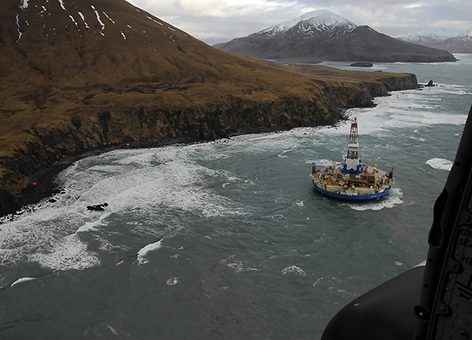
Biden restarts oil and gas leasing on public lands, breaking campaign promise
Greenpeace: “President Biden promised on the campaign trail that he would ‘ban new oil and gas permitting on public lands and waters.’ In a disappointing move, the Biden Administration is moving forward to resume selling leases for new oil and gas drilling on public lands. We cannot allow President Biden to break his campaign promises. We need him to use his presidential powers to halt fossil fuel drilling on public lands and waters.
“Fossil fuels extracted from federal lands account for nearly one-quarter of carbon emissions in the U.S. Stopping coal, oil, and gas production on public lands and waters and supporting workers and communities in the transition to a renewable future will go a long way to tackling the climate crisis. It will also be protecting farmers, Indigenous Peoples, and vulnerable communities—Black, Brown, white, rural, urban, and working-class—in the Gulf South, Western states, Alaska, and across the country.”
Urge President Biden to ban new oil and gas permits on public lands and waters.
Cause for concern…
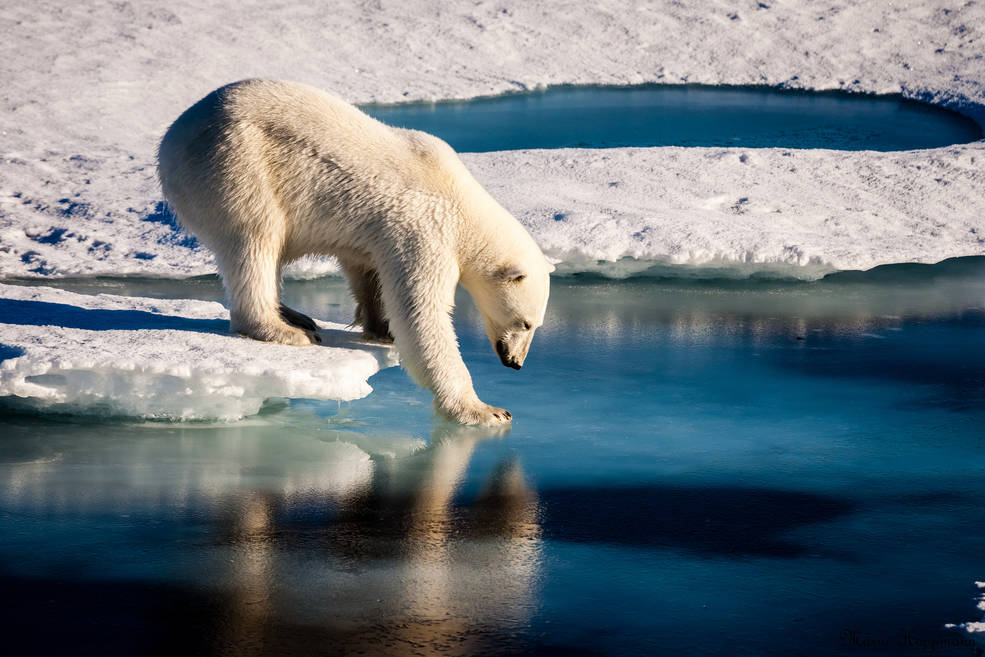
Polar bears forced to scavenge on whale carcasses as climate crisis melts their hunting grounds
“Polar bears are some of the most at-risk animal species on Earth in relation to the growing threat posed by the climate crisis. In an unexpected discovery, filmmakers captured polar bears feasting on the sperm whale carcass in Norway, specifically in the country’s Svalbard archipelago,” reports Louise Franco for Nature World News. “In particular, the filmmakers reportedly captured the images and footage in a remote part of the Arctic Circle, where other animal species are also struggling for survival from the ongoing crisis.”
“Having to travel farther means these bears are expending more energy which can threaten their survival,” said wildlife biologist Anthony Pagano of Washington State University, who led a recent study that found that polar bears in the Beaufort Sea have experienced an almost 30 percent decrease in their population due to lack of access to food. “If we want to preserve the habitat of these amazing mammals, then we need to focus on the root of the problem, which is slowing global climate change.”
Round of applause…
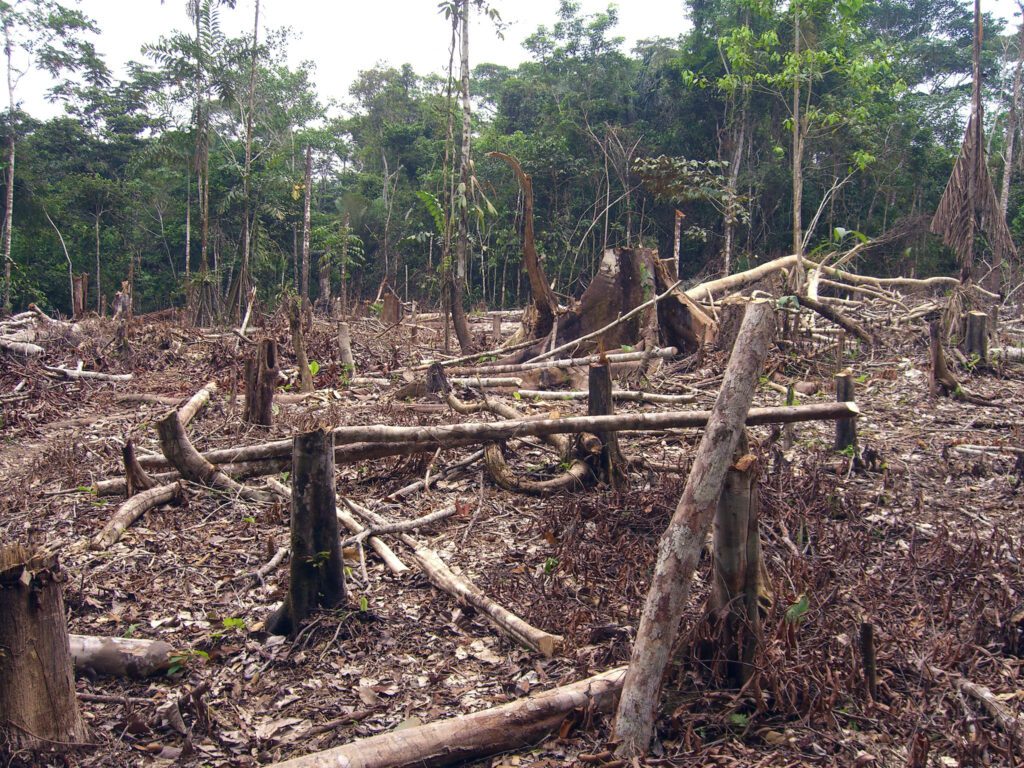
New Colombian president pledges to protect rainforest
“Gustavo Petro, Colombia’s first elected leftist president, will take office in August with ambitious proposals to halt the record-high rates of deforestation in the Amazon rainforest. Petro has promised to limit agribusiness expansion into the forest, and create reserves where Indigenous communities and others are allowed to harvest rubber, acai and other non-timber forest products,” reports Fabiano Maisonnave for the Associated Press.
ICYMI…
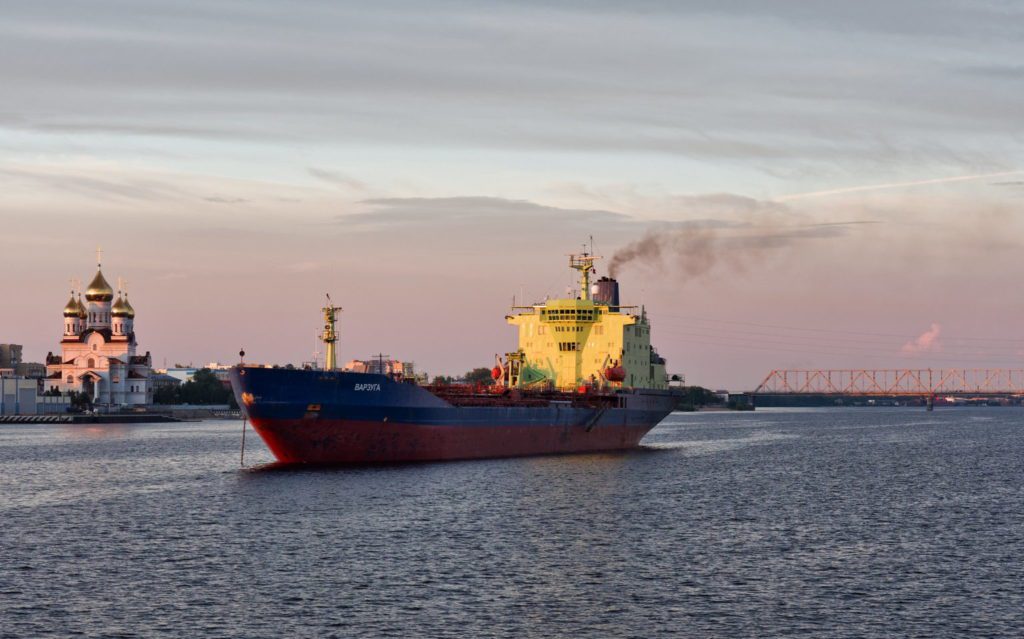
The case for “ecological intelligence”
“[W]e need to transform the ways we use energy—for example, in the food system, where a reduction in fossil fuel inputs could actually lead to healthier food and soil. Over the past century or so, fossil fuels provided so much energy, and so cheaply, that humanity developed the habit of solving any problem that came along by simply utilizing more energy as a solution. Want to move people or goods faster? Just build more kerosene-burning jet planes, runways and airports. Need to defeat diseases? Just use fossil fuels to make and distribute disinfectants, antibiotics and pharmaceuticals. In a multitude of ways, we used the blunt instrument of cheap energy to bludgeon nature into conforming with our wishes. The side effects were sometimes worrisome—air and water petrochemical pollution, antibiotic-resistant microbes and ruined farm soils.
“But we confronted these problems with the same mindset and toolbox, using cheap energy to clean up industrial wastes, developing new antibiotics and growing food without soil. As the fossil fuel era comes to an end, the rules of the game will change. We’ll need to learn how to solve problems with ecological intelligence, mimicking and partnering with nature rather than suppressing and subverting her. High tech may continue to provide useful ways of manipulating and storing data; but, when it comes to moving and transforming physical goods and products, intelligently engineered low tech may offer better answers in the long run.”
—EFL contributor Richard Heinberg, “Can We Abandon Pollutive Fossil Fuels and Avoid an Energy Crisis?” (Resilience.org, May 4, 2022)
Parting thought…

Earth | Food | Life (EFL) explores the critical and often interconnected issues facing the climate/environment, food/agriculture and nature/animal rights, and champions action; specifically, how responsible citizens, voters and consumers can help put society on an ethical path of sustainability that respects the rights of all species who call this planet home. EFL emphasizes the idea that everything is connected, so every decision matters.
Click here to support the work of EFL and the Independent Media Institute.
Questions, comments, suggestions, submissions? Contact EFL editor Reynard Loki at [email protected]. Follow EFL on Twitter @EarthFoodLife.
